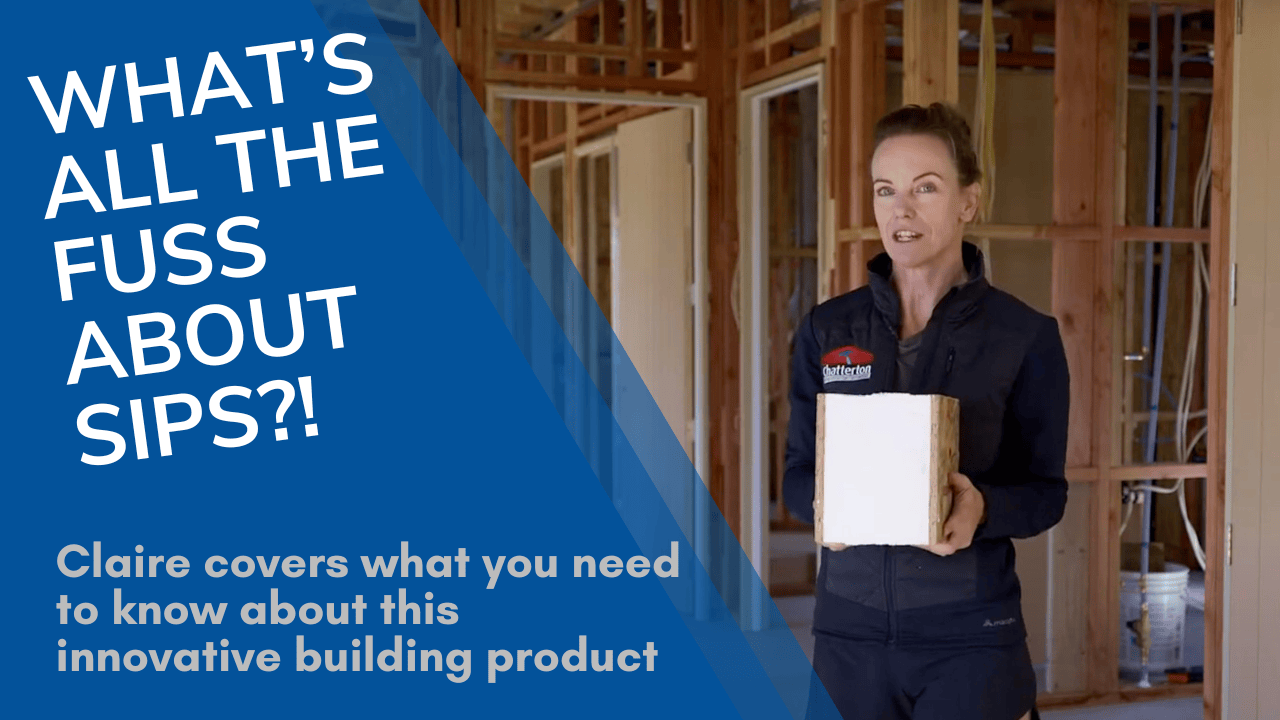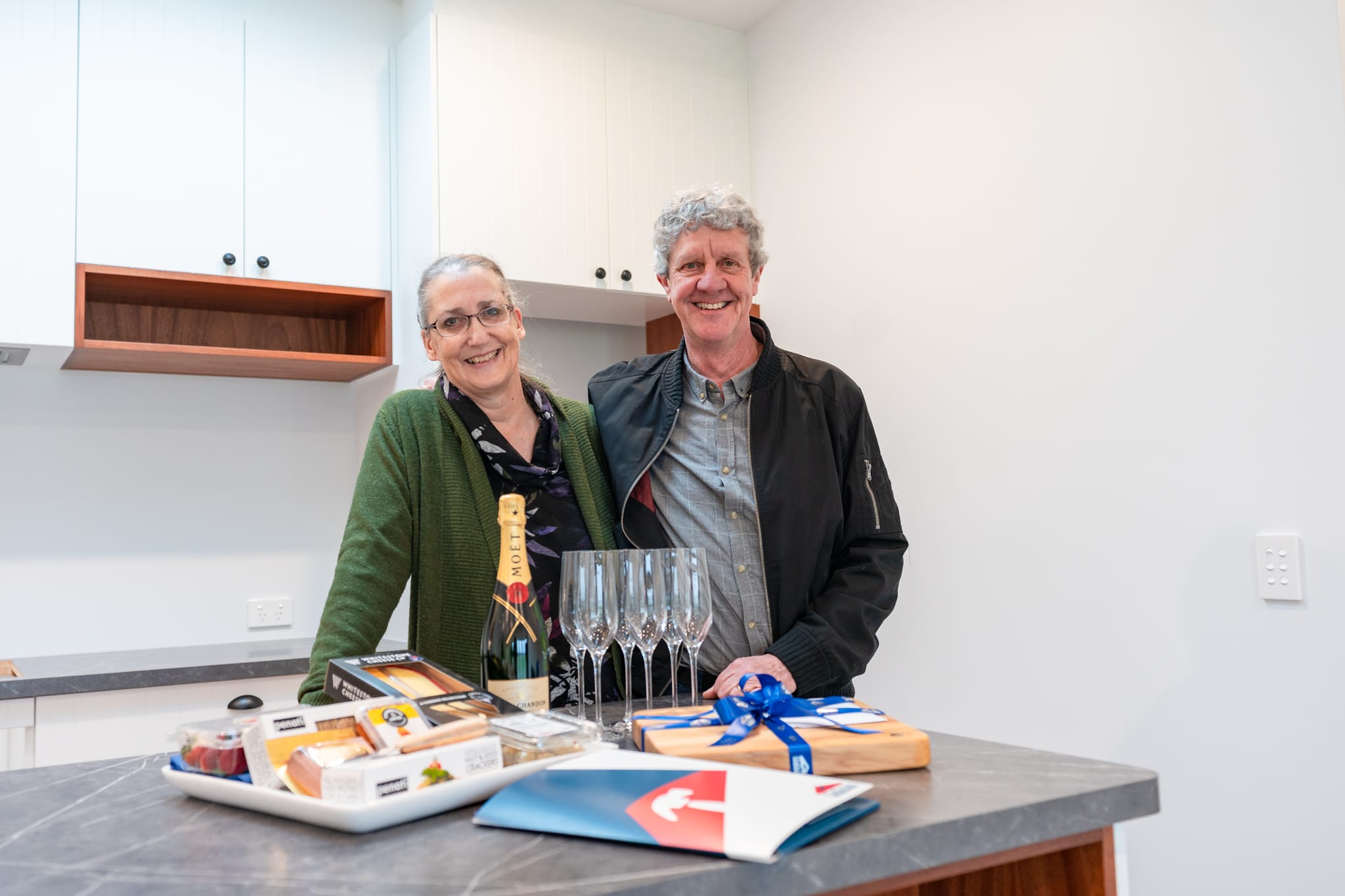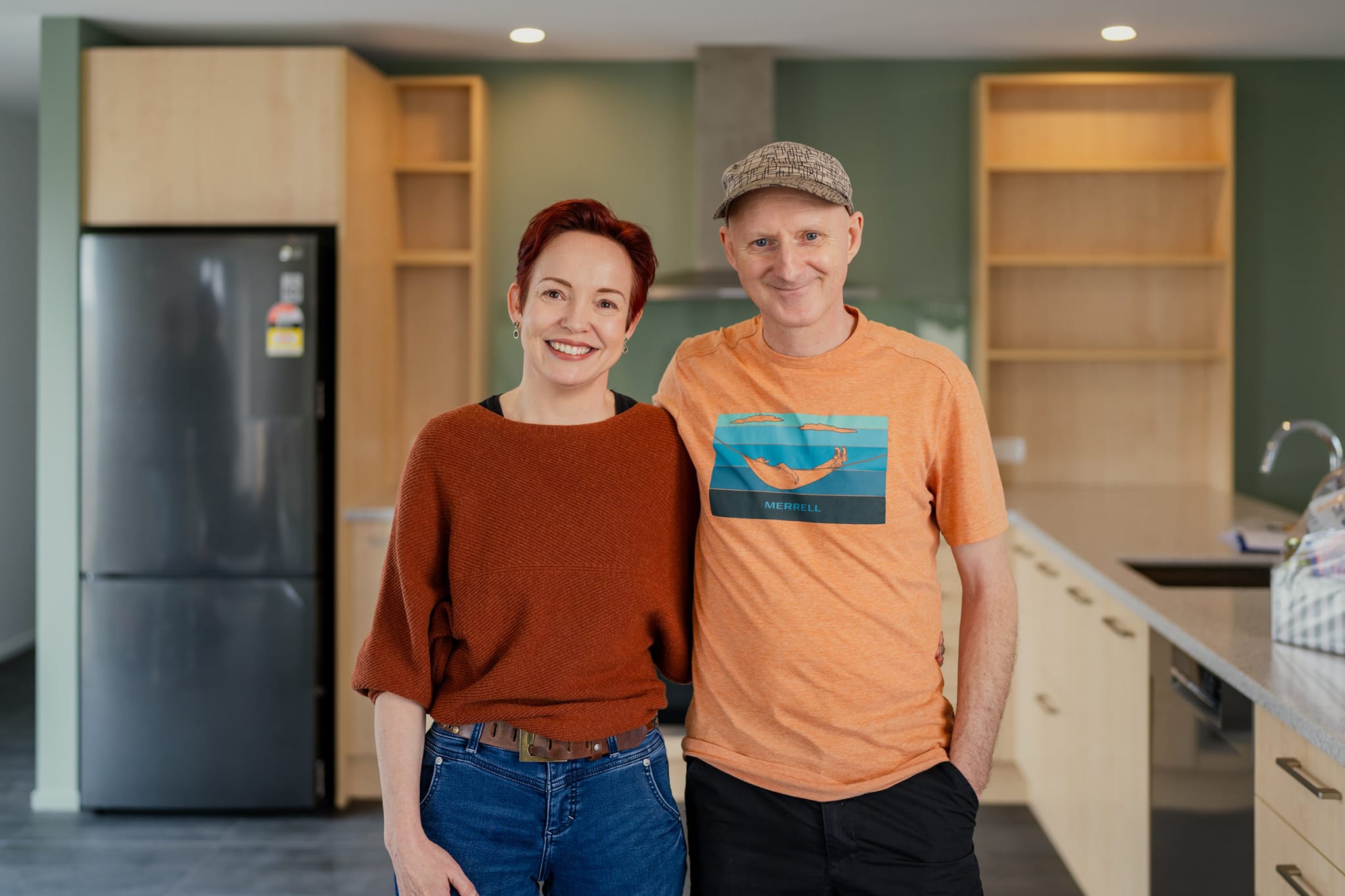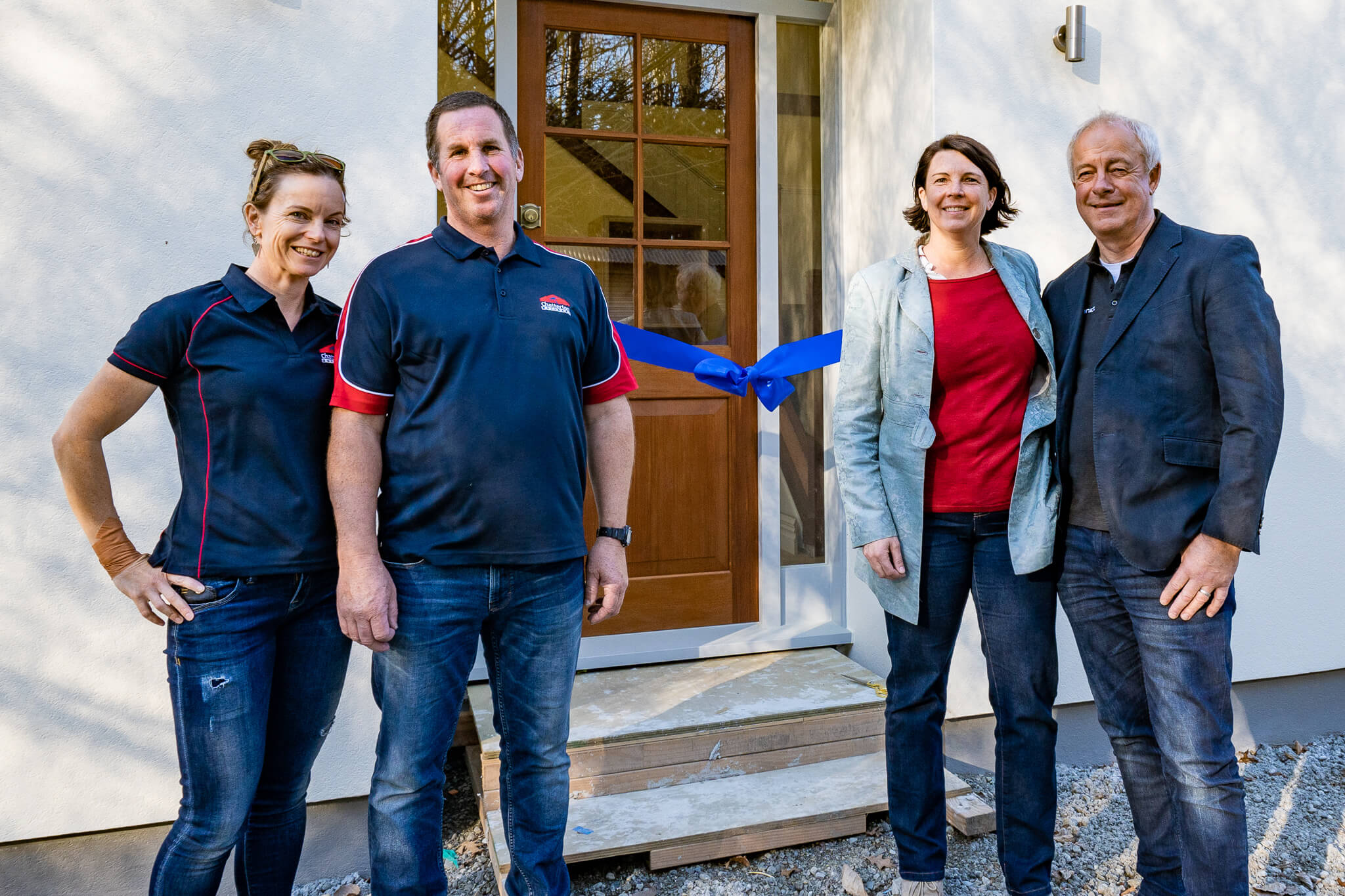Structural Insulated Panels (SIPs) are high-performance, thermally efficient panels made from two structural boards with a rigid foam core. They replace traditional framing, bracing, and insulation in one streamlined system, and can be used in walls, roofs, and floors.
SIPs offer:
- Excellent thermal insulation and airtightness
- Up to 90% savings on heating and cooling when paired with Passive House principles
- Strong, ductile construction ideal for earthquake-prone and high wind zones
- Faster build times, with a weathertight shell achieved in days
- Reduced weather delays through indoor pre-assembly and fast on-site install
- Design flexibility and long-term performance with less construction waste
Where SIPs are the right fit, they help us optimise performance, energy savings, and durability, giving homeowners lasting benefits.







